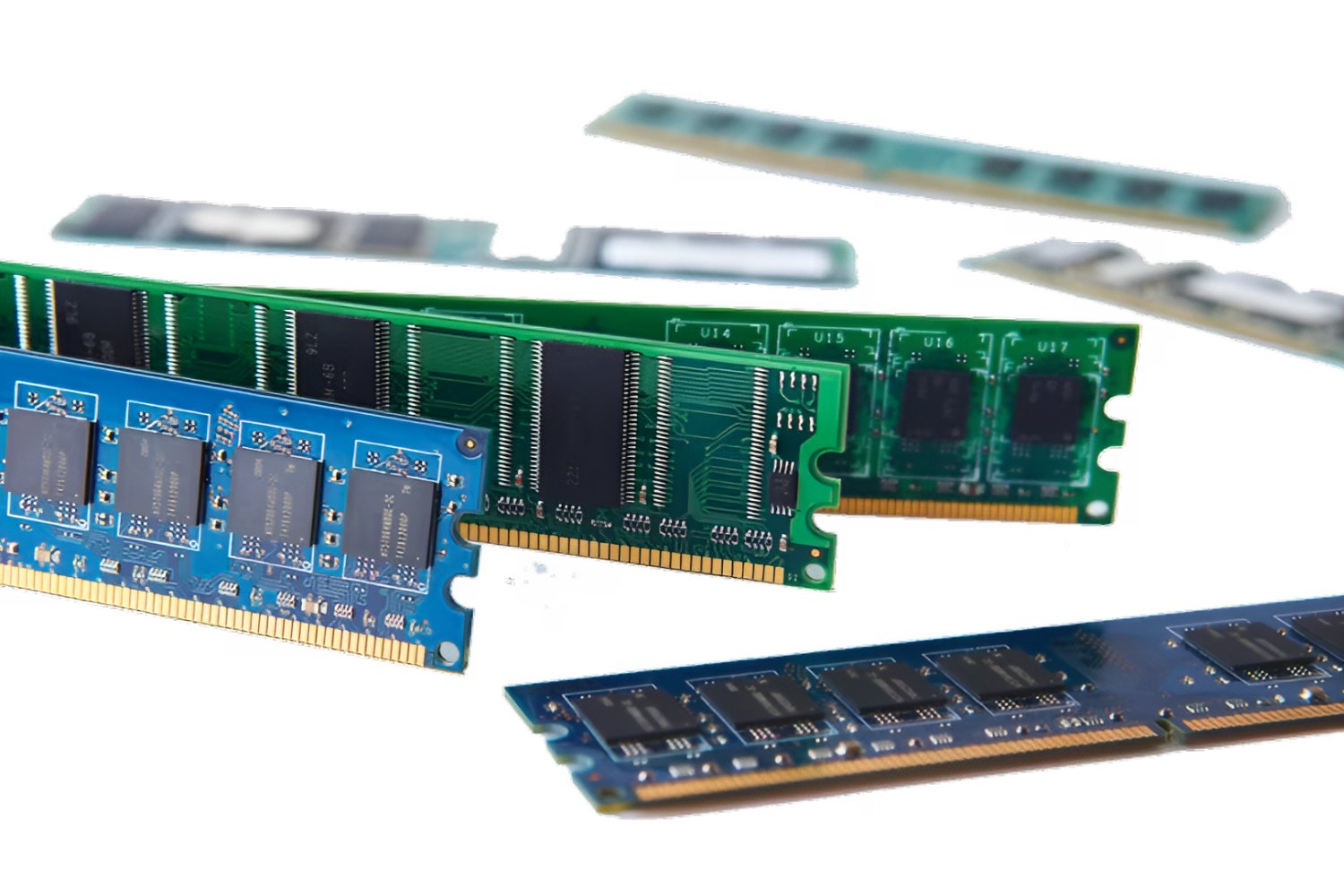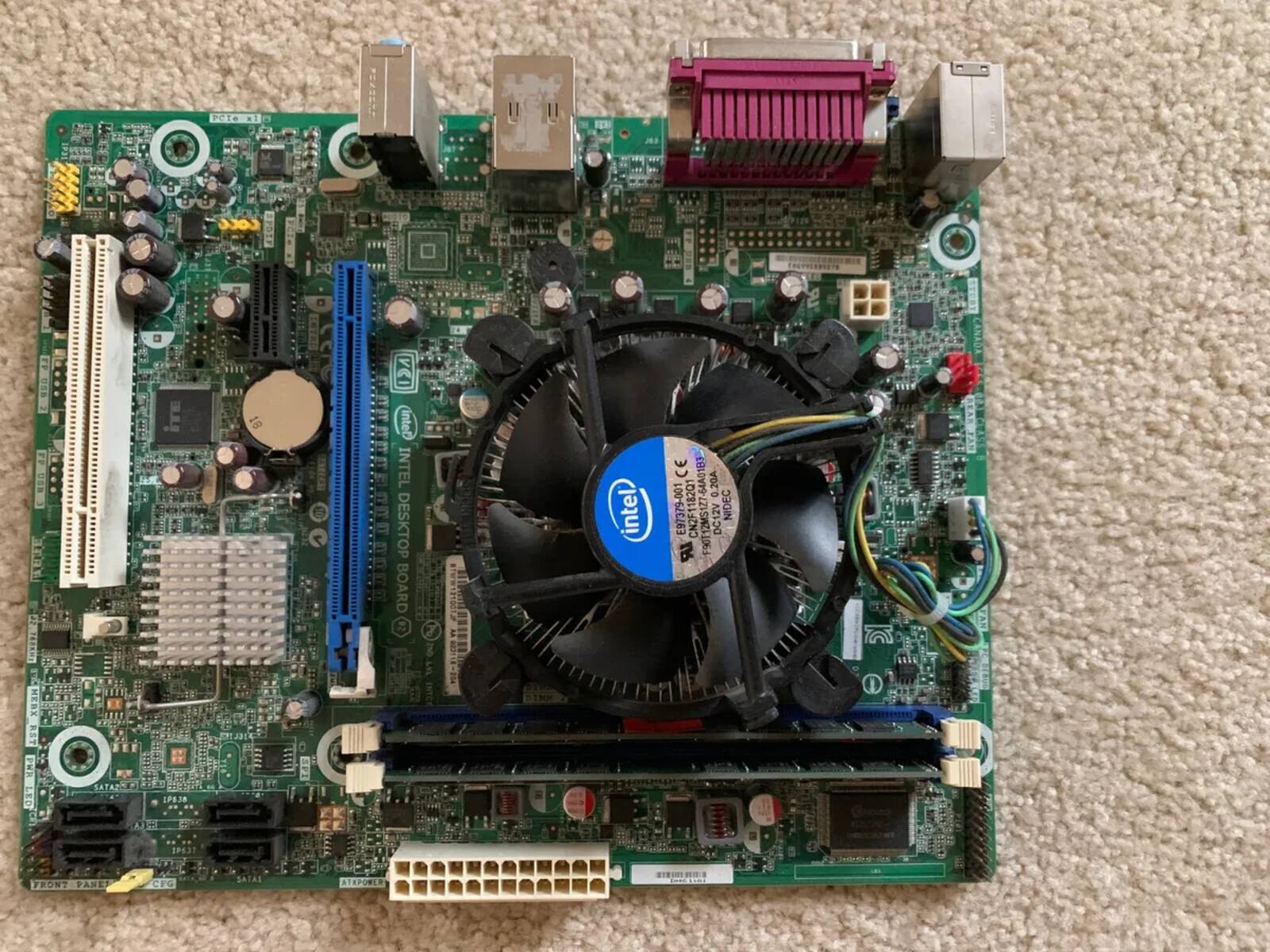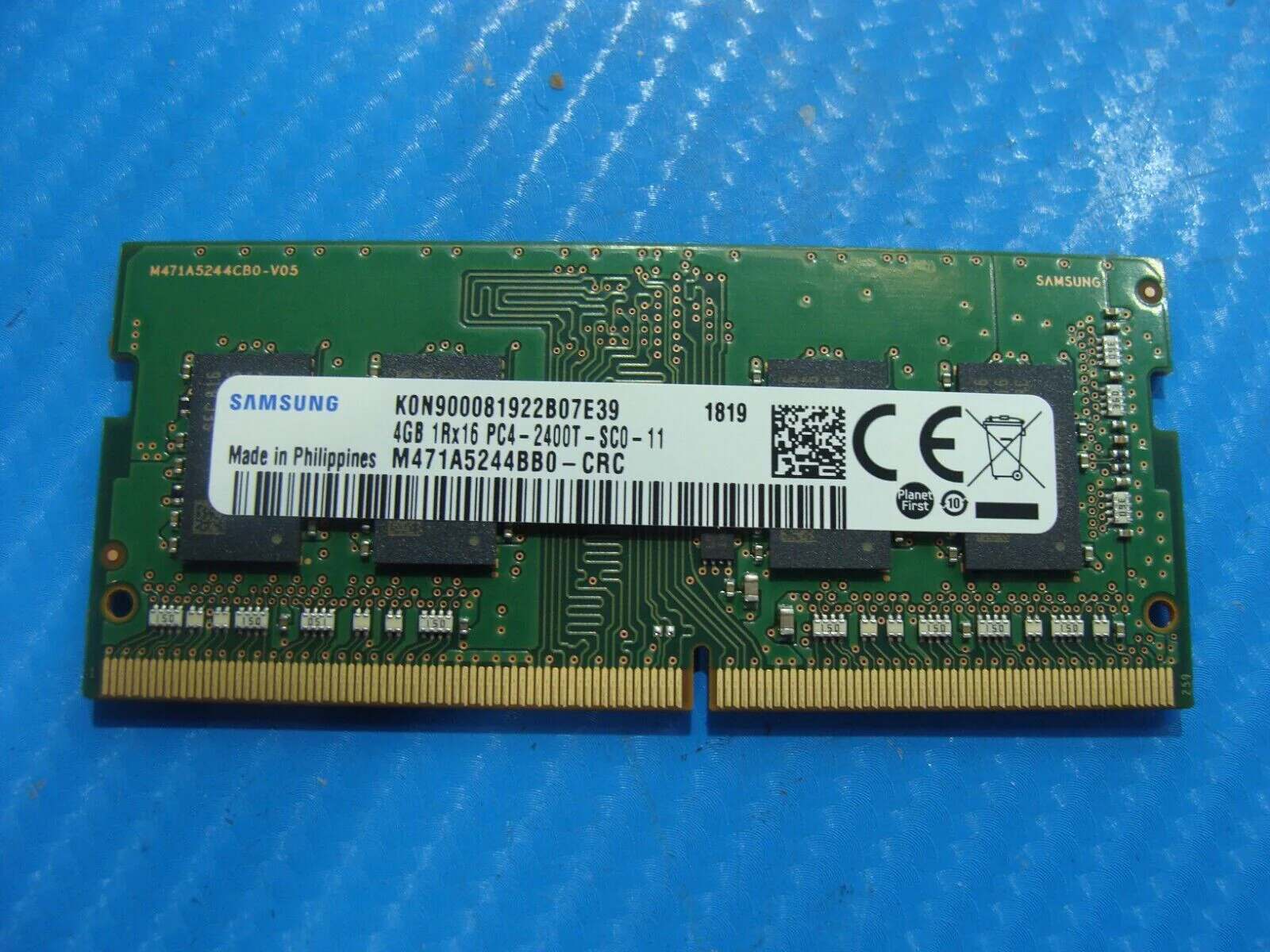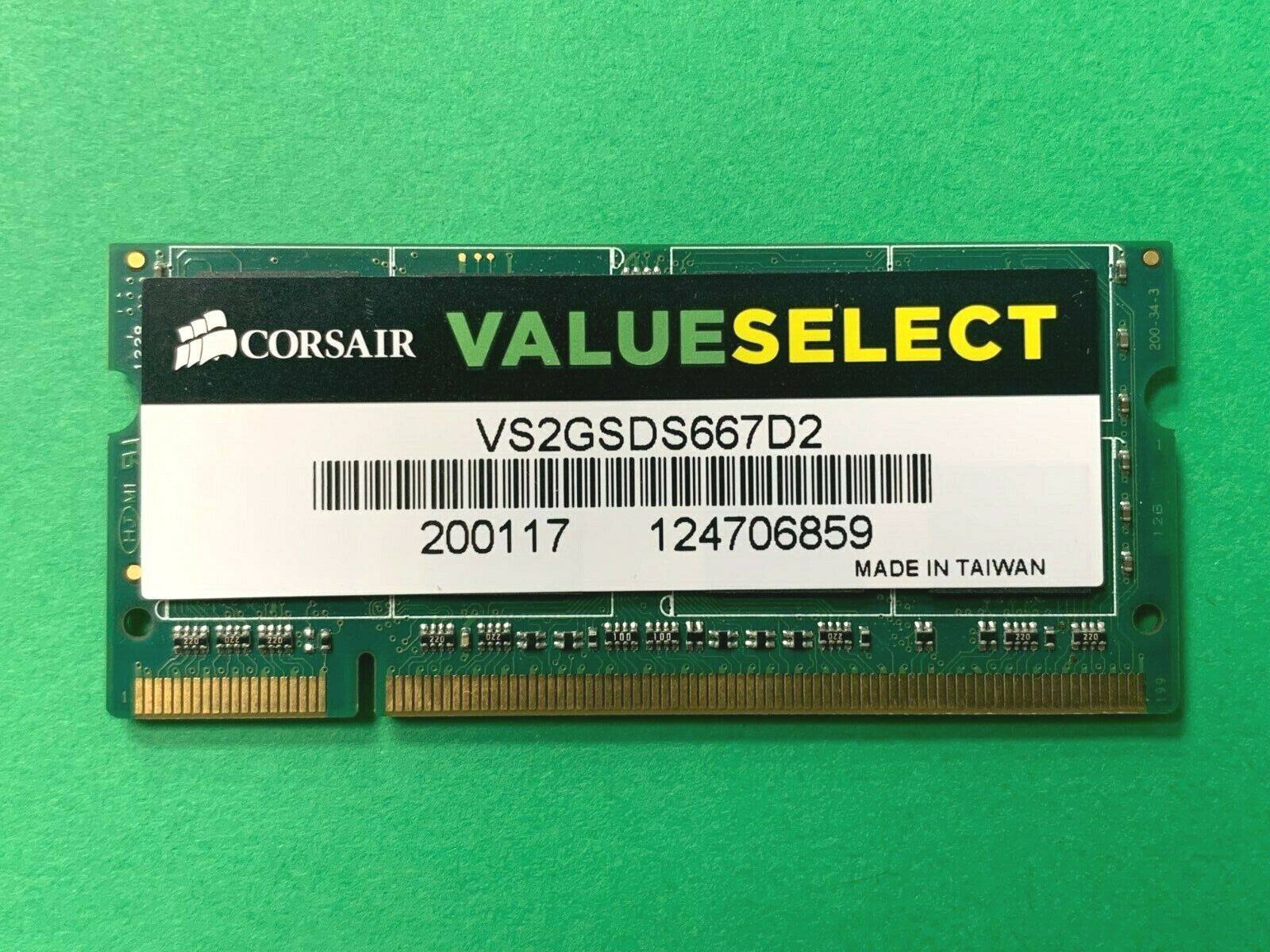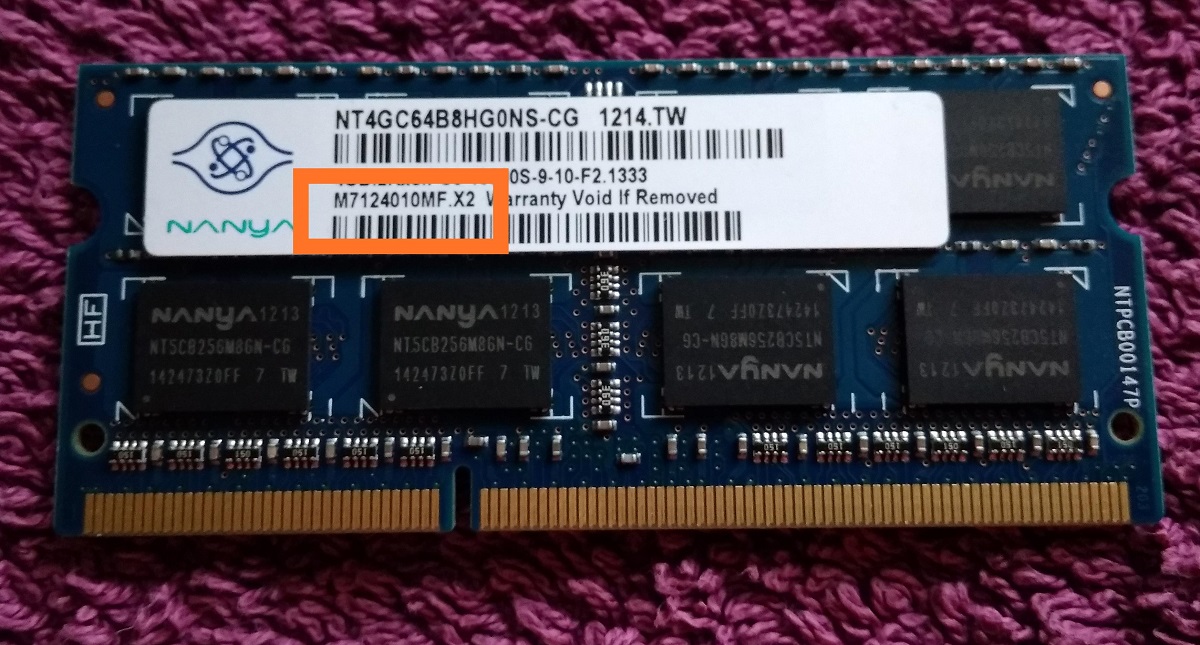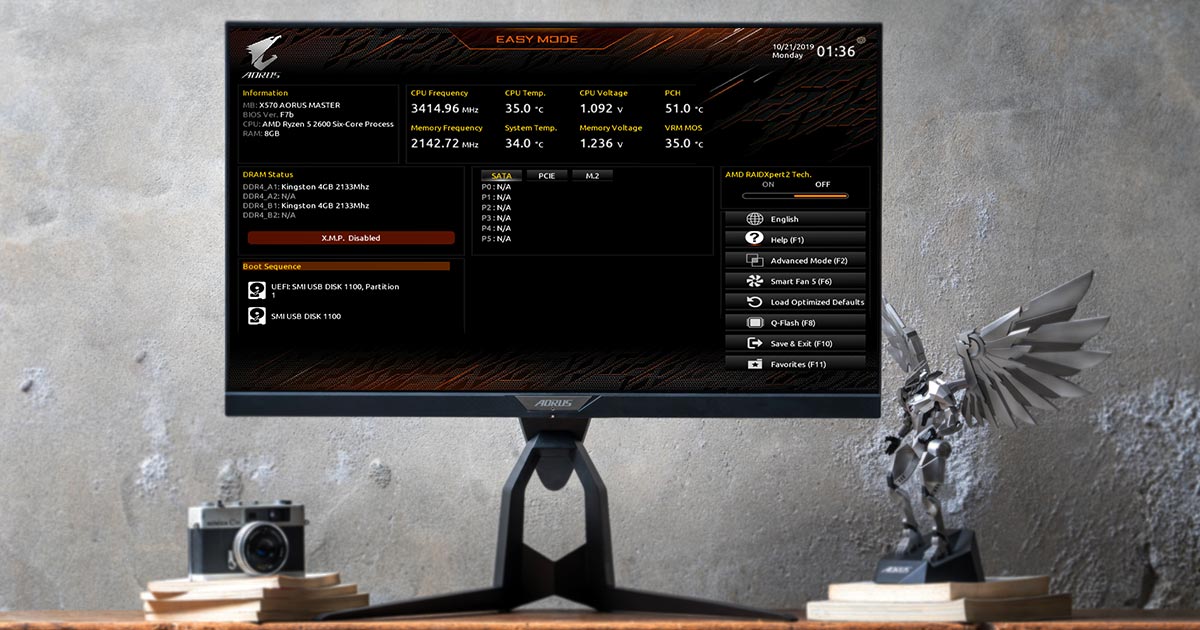Introduction
Welcome to the world of technology, where the size and performance of our devices matter. When it comes to computers, smartphones, and other electronic devices, one important component that greatly affects their performance is Random Access Memory, commonly known as RAM. RAM plays a crucial role in how quickly and efficiently your device can run various tasks and applications.
Knowing the amount of RAM you have is useful for several reasons. It can help you determine if your device is capable of running certain software or games, and it can also help you identify if any upgrades are necessary to improve its performance. In this article, we will explore different methods to check the amount of RAM you have on various operating systems.
Whether you are using a Windows PC, a macOS laptop, a Linux system, an Android smartphone, or an iOS device, we have got you covered. We will guide you through the different steps to find out how much RAM is present in your device.
Read on to discover the simple yet effective ways to check the amount of RAM you have on your specific device and operating system. By the end of this article, you will be equipped with the knowledge to easily find out the size of your RAM, helping you make informed decisions about your device’s performance.
Checking RAM on Windows
Checking the amount of RAM on a Windows PC is a straightforward process. Here’s how you can do it:
- Press the Windows key + X on your keyboard to open the Power User Menu.
- Select System from the menu to open the System window.
- In the System window, you will find the information about your device, including the installed RAM. Look for the “Installed memory (RAM)” section, which will display the total amount of RAM in gigabytes (GB).
Alternatively, you can use the Task Manager to check the RAM usage and other related details:
- Right-click on the taskbar and select Task Manager.
- In the Task Manager window, click on the Performance tab.
- Under the “Memory” section, you will see the amount of RAM in use, as well as the total amount of RAM installed on your system.
Using either of these methods, you can easily determine the amount of RAM installed on your Windows PC. This information will come in handy when troubleshooting performance issues or considering an upgrade to improve your device’s capabilities.
Checking RAM on macOS
If you are using a macOS device, checking the amount of RAM is a breeze. Here are the steps to do it:
- Click on the Apple menu at the top-left corner of the screen.
- Select About This Mac from the drop-down menu.
- In the window that appears, click on the Overview tab.
- Under the “Memory” section, you will find the information about your RAM, including the total amount of memory installed in your macOS device.
Additionally, you can use the Activity Monitor to get more detailed information on RAM usage:
- Open the Applications folder and locate the Utilities subfolder.
- Launch the Activity Monitor application.
- Click on the Memory tab.
- In the Memory tab, you will see detailed information about the RAM usage, including the total amount of memory and the amount currently used.
By following these simple steps, you can quickly find out how much RAM is installed on your macOS device. This information is valuable in understanding your device’s performance capabilities and making informed decisions regarding memory-intensive tasks and applications.
Checking RAM on Linux
Linux offers various ways to check the amount of RAM on your system. Here are a couple of methods you can use:
- Open a terminal window by pressing Ctrl+Alt+T on your keyboard.
- Type the following command and press Enter: free -h
- You will see a table displaying the total, used, and available memory. The value under the “Total” column indicates the amount of RAM installed on your Linux system.
Another method to check the RAM on Linux is through the System Monitor:
- Open the System Monitor application. The process to launch it may vary depending on the Linux distribution you are using.
- In the System Monitor window, go to the Resources or System tab.
- Look for the System Memory or similar section, where you will find the information about the installed RAM, including the total amount.
With these methods, you can easily determine the amount of RAM present on your Linux system. Being aware of your device’s RAM size can help you optimize its performance and ensure it can handle the tasks and applications you plan to use.
Checking RAM on Android
Checking the amount of RAM on an Android device is simple and can be done using the built-in settings. Here’s how:
- Open the Settings app on your Android device.
- Scroll down and locate the Memory or Storage option.
- Tapping on this option will display detailed information about the device’s storage and memory.
- Under the memory section, you will find the information about your RAM, including the total amount of memory available.
Depending on the Android device you are using, the specific steps and location of the memory information may vary. In some cases, you may need to look under the About Phone option or System settings to find the RAM details.
Moreover, third-party apps are also available on the Google Play Store that can provide a more comprehensive view of your device’s RAM usage and performance. Apps like CPU-Z and AIDA64 can give you detailed information about your Android device, including the RAM size.
By utilizing these methods, you can quickly ascertain the amount of RAM on your Android device. This knowledge will help you understand the capabilities of your device and ensure it can handle the apps and tasks you want to run efficiently.
Checking RAM on iOS
Checking the amount of RAM on an iOS device requires the use of third-party apps, as Apple does not provide a built-in system feature to view the device’s RAM. Here’s how you can check the RAM on your iOS device:
- Open the App Store on your iOS device.
- Search for a RAM monitoring app, such as System Status Lite or Memory & Disk Scanner Pro.
- Download and install the app of your choice.
- Launch the app and navigate to the section that displays your device’s RAM information.
- You will find the total amount of RAM installed on your iOS device in this section.
These third-party apps provide detailed information about your iOS device’s RAM usage, as well as additional system information. They can help you monitor the performance of your device and identify any memory-hungry apps that may be causing slowdowns.
It’s worth noting that due to Apple’s limitations on iOS, these apps may not provide real-time RAM utilization data. However, they can still give you a general idea of how much RAM your device has.
By using RAM monitoring apps, you can easily find out the amount of RAM on your iOS device. This knowledge can assist you in identifying any memory-related issues and optimizing your device’s performance for a smoother user experience.
Conclusion
Knowing the amount of RAM your device has is essential for optimizing performance, troubleshooting issues, and making informed decisions about upgrades. Whether you are using a Windows PC, macOS, Linux, Android, or iOS device, checking the RAM is a relatively straightforward process.
On Windows, you can easily find the amount of RAM by accessing the System window through the Power User Menu or using the Task Manager. macOS users can check the RAM by accessing the “About This Mac” section or using the Activity Monitor. Linux users can rely on the terminal command or the System Monitor to get information about their RAM. Android users can find the RAM details in the settings menu or by using third-party apps. For iOS users, third-party apps available on the App Store provide the necessary information since Apple doesn’t provide a built-in feature.
By checking your device’s RAM, you can optimize its performance, ensure it can handle memory-intensive tasks, and troubleshoot any memory-related issues. Furthermore, understanding your device’s RAM size can aid in determining whether an upgrade is necessary to meet your specific needs.
So, whether you’re a tech enthusiast or just curious about your device’s capabilities, take a moment to check the amount of RAM installed. It’s a simple process that can provide valuable insights into your device’s performance and improve your overall user experience.







